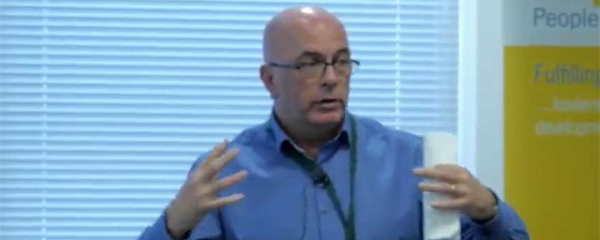Your inbox can be a time swamp. A mixture of flagged items, urgent and important issues, plus general nonsense with distractions aplenty. I have long known (and even taught) the important of only checking new email a few times a day. But I’d found it impossible because I kept returning to the inbox to deal with one or more specific emails and getting distracted by all the other stuff in there.
Before implementing this, it had been years since I last had an empty inbox. Now I achieve a zero inbox three times a day. I feel truly liberated and hugely more productive. It is all thanks to the simple principles of the 321zero system:
- Check your inbox three times a day
- Take 21 minutes to clear it to zero
- Ignore your inbox at all other times
Be clear on this – this does not say “take 21 minutes to deal with as many emails as possible.” It is specific: clear your inbox to zero, three times a day.
This doesn’t mean you restrict email to 63 minutes a day. That may or may not be possible. It is to restrict email to the time it needs, not the time it takes over.
I have several folders that I move email into: Urgent, Important, Other. I also have a Response folder for emails which are neither urgent nor important but I want to respond to anyway.
I no longer check email in breaks, I no longer check email when I’m with the family. I no longer worry I have forgotten to get back to something important in my inbox. I know where my important email is and suddenly find myself with spare time. Checking my email isn’t the first thing I do, either – I don’t check my email until after 11am, so I don’t get derailed by tasks in my inbox when I get to the office.
The effect has been magical. My method used to be to clear my email down at the weekend, apart from actions needing attention, and I rarely got below 100 emails in my inbox. Currently I have nine items in my Important Folder and just one in my Urgent folder. I really don’t know where everything else has gone.
What to do with your existing inbox
You must empty it. This could be simply transferring it to an “Old Inbox” folder and letting it gradually lapse. Or disperse it to your new folders. I had 270 emails in my inbox and spent an hour transferring them to the folders (and deleting a fair few). And then another hour dealing with most of those.
What about urgent emails needing an instant response?
Try to create a culture of not using email for urgent actions. It is very unreliable for this anyway, as people don’t often put on Out of Office for – say – a half day meeting. Make colleagues aware you only check email three times a day and, if it’s urgent, they should find another way to contact you – I have in my email signature that if it’s urgent, text is best.
Of course this doesn’t work if you are in a customer service role where your job is to respond to email. But that isn’t true of many of us. And my contacts are actually getting quicker responses now under this system than they ever did when I checked my email two dozen times a day.
I’d love to attribute the system to whoever invented it but I’m not sure who did. I discovered it when tweets started cropping up from people who had adopted it and been amazed by the results. The only reference I can find is a Forbes article by Kevin Kruse about how millionaires manage their email.
Related Blogs
- Are You Suffering From Email Overload? – Some additional tips to help if you are struggling to manage your emails.
- How to Turn Off New Email Alerts in Outlook so You Can Focus – Nicky explains how you can turn off the email notifications in Outlook so you can focus and be more effective
- Beating Email Overload in Outlook Live Online Learning Course – Our 90 minute course is perfect for anyone wanting to improve efficiency whilst using Outlook























